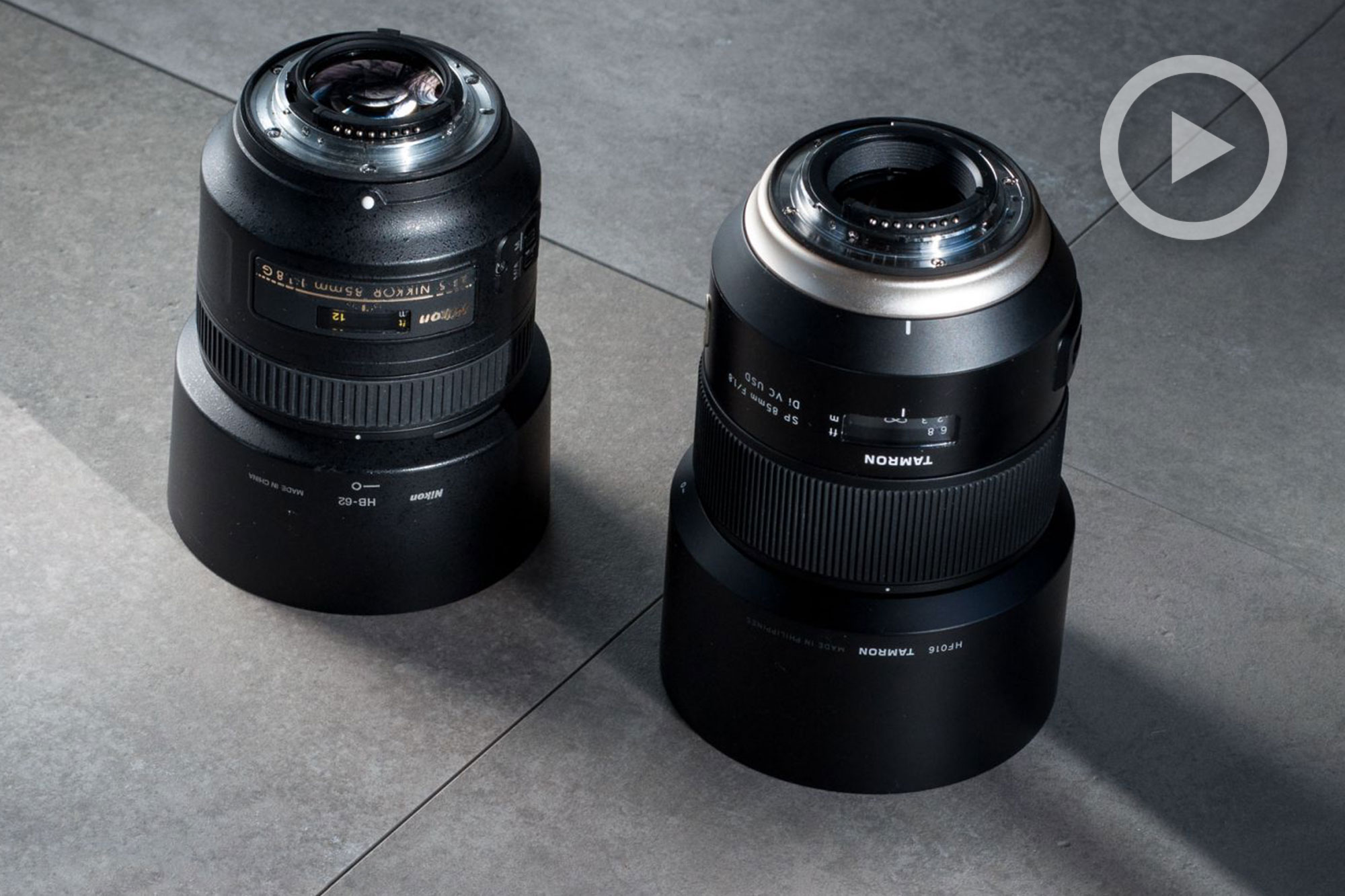
On the editorial side of photography publishing, pushing the latest, greatest and most expensive lenses is easy, because typically, price is reflective of quality, and those units are arguably more beneficial to the publications – they generally drive excitement which brings traffic and possibly some manner of financial return (however minimal), that helps to alleviate the rather meager margins of this type of business.
However, as with everything, recommendations are contextually dependent, and when you dive into context for the majority of people it’s hard to turn a blind eye to the fact that when it comes to lenses anyway, perhaps the best choice isn’t the most expensive. Especially in 2018.
One of the most pervasive pieces of advice for budding photographers has always been to invest in lenses and less in the camera bodies, and the thought process behind that has been sound, but perhaps it’s time to question just how valid that is as cameras become so much more capable, and lenses in the mid-range are such high performers. So, when it comes time to purchase a new lens, should you go for the 1.8 or the 1.4? The video herein by Darren Miles looks to address just that.
Of course, this type of subject matter is bound to be contentious to some degree, as camera users get quite passionate about their equipment and such, but all of his points are worth consideration, especially when the cost of a first party 1.4 lens can often be 3 times the cost of a 1.8. Take for example, the following:
Canon
Canon EF 85mm f/1.4L IS USM $1,599
Nikon
Nikon AF-S NIKKOR 85mm f/1.8G $476
Nikon AF-S NIKKOR 85mm f/1.4G $1,596
Sony
Sony FE 85mm f/1.8 $598
Sony FE 85mm f/1.4 GM $1,798
[LENS SALE: Sony Deal Dash | Save Hundreds On Cameras & Lenses Like the A9]
But price is but one factor, and others like, size, weight, durability, sharpness, CA, and distortion are all other things to consider. In fact, there are reasons to get the 1.8 varieties for some people, even if money is absolutely no object.
Miles takes a pragmatic look at many of these points, and it’s a very good and short watch for anyone looking to get into photography, or for those who are constantly being asked about which lens they recommend – this is a good video to offer up, even if much of the time lens choice is also a bit emotional.
Find more from Miles here.






Get Connected!